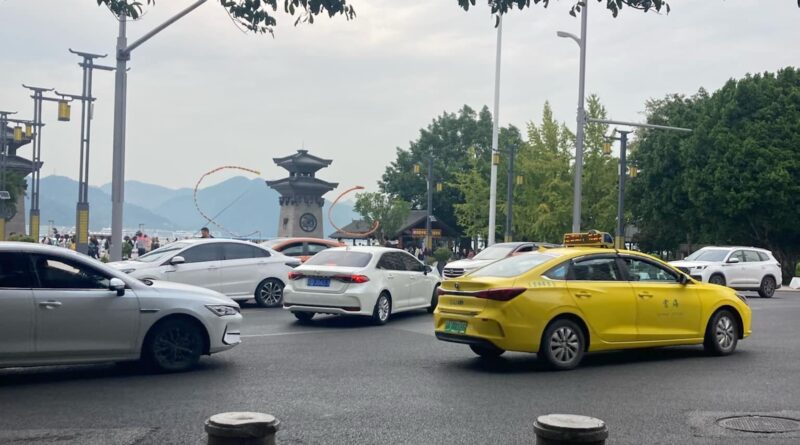China — Land of Dragons & Electric Vehicles
Sometimes reading the stats is not enough. I like to see for myself. So, we went to China. We had been looking forward to cruising the Yangtze River upstream from the Three Gorges Dam and thought it an opportune time to see what “53% of new cars sales in China are plugins” looked like in the flesh — so to speak. The short answer is: spectacular! “What do all the green number plates mean?” the tour guide was asked repeatedly by our group. “Green number plates means the car is electric!”
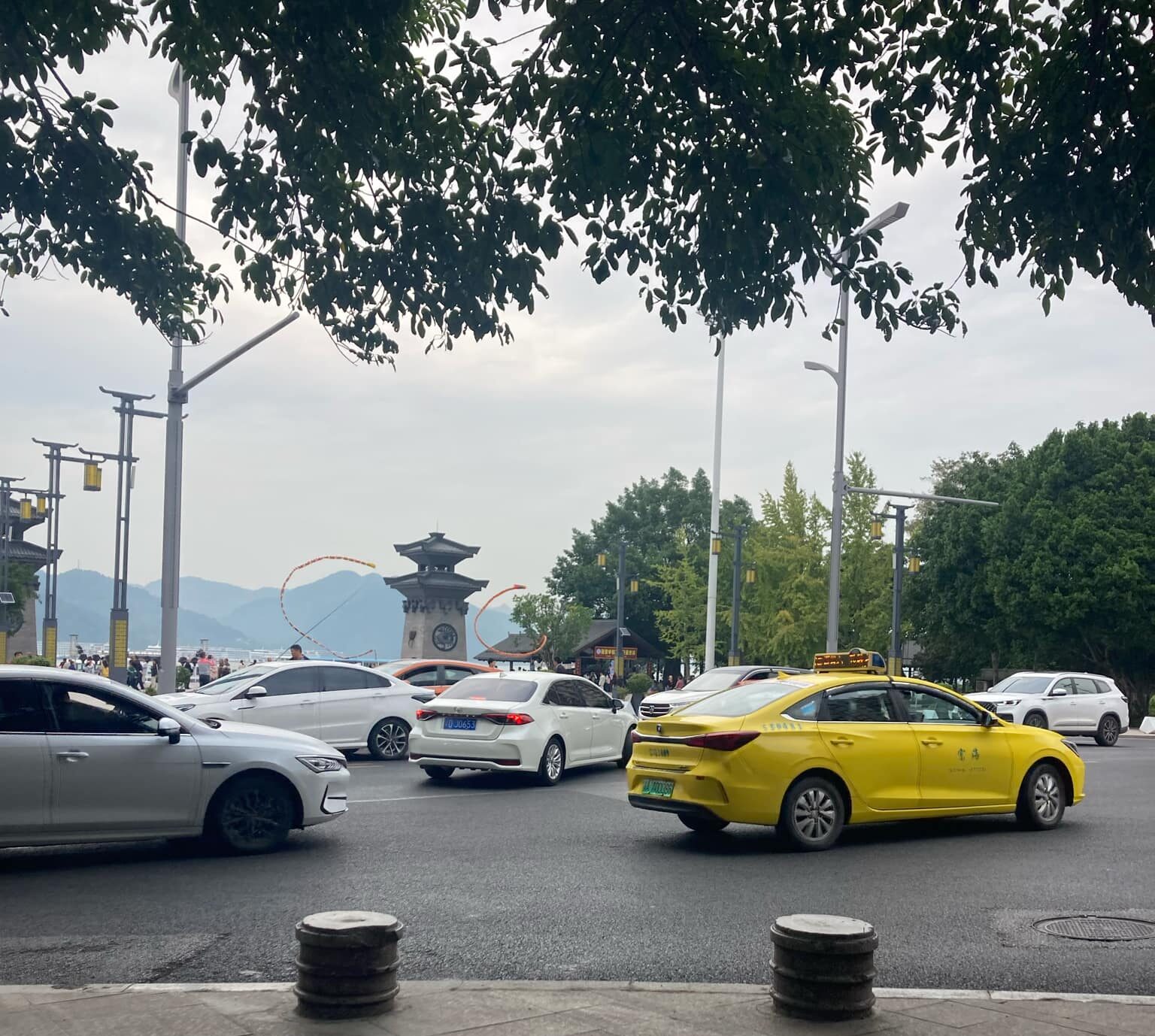
We had been in China 8 years ago, and the transformation since then has been dramatic. The country is much wealthier. We landed in Chengdu (a city of over 25 million) and were immediately impressed by the fact that most cars on the road were less than 5 years old. (The Chinese government is giving incentives to update to cleaner, newer cars. I wonder where all the old ones went? Scrap metal by the looks of it.) Gone were the human-powered vehicles and the three-wheeled, smoke-spewing rickshaws. There were even fewer motor scooters — and the ones that were on the road were — you guessed it — electric.
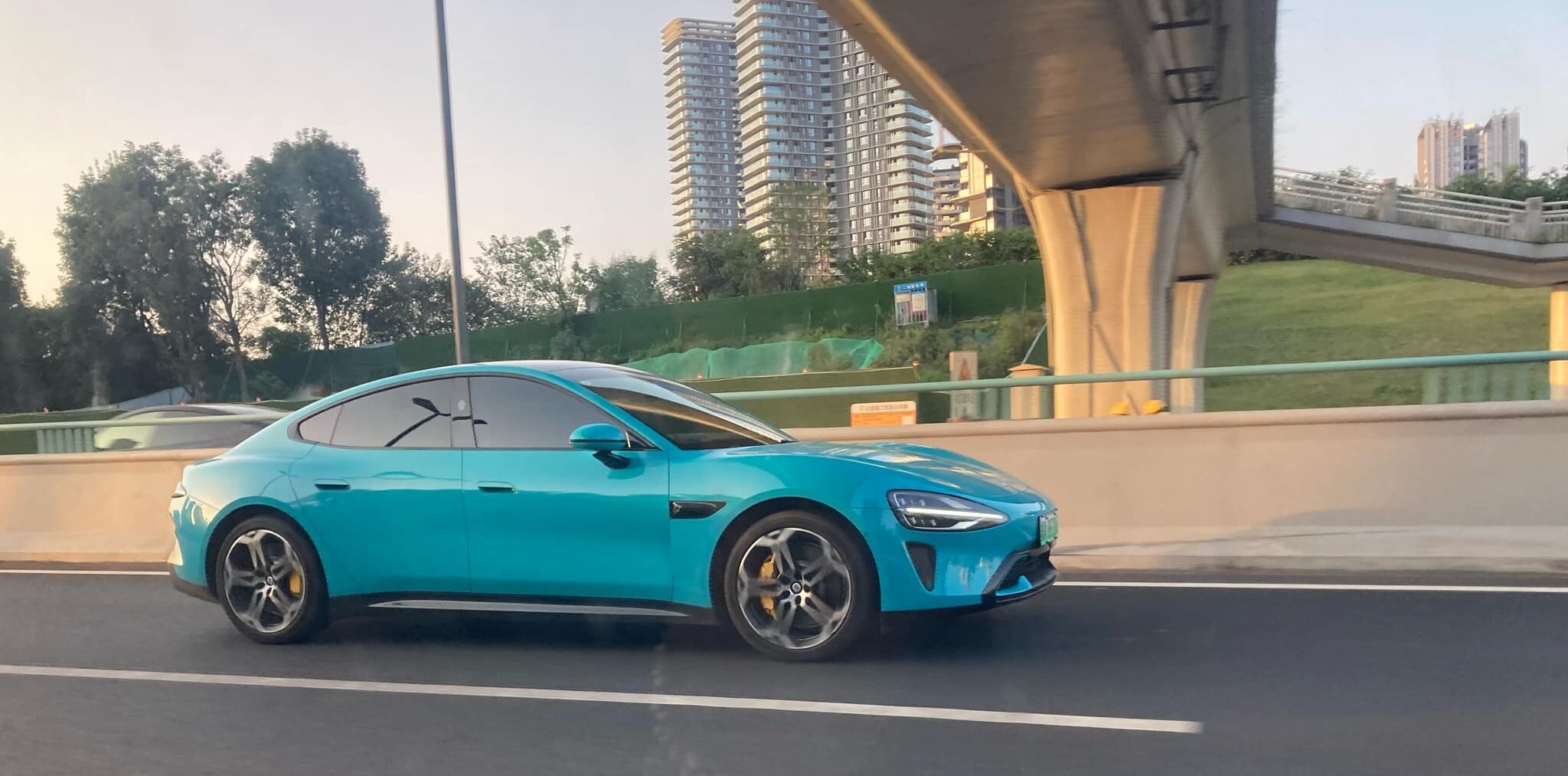
Watching the traffic go by from the comfort of our tour bus (which disappointingly was diesel), I noted that at least one in four passenger cars were electric vehicles, most taxis were electric, and all metropolitan buses were electric. I kept a lookout, but didn’t see one electric tour bus. The air was noticeably cleaner. It reminded us of our visit to Norway in 2018. After settling into our hotel, we went for a walk around the block — the quiet of the traffic really hits you, and so do the silent electric motor scooters if you aren’t careful. They seem to ride where ever they like — footpaths, roads, wherever they can squeeze through, constantly beeping at pedestrians and each other.

We saw many Teslas and BYDs, as well as other brands that we had heard of that will be launching in Australia soon (like GAC, Leapmotor, and Xpeng) — but also brands we had never heard of. I can’t give you examples, as their names were in Chinese characters. What we didn’t see much of were Toyotas and Volkswagens. There would be a line of 20 parked cars, with perhaps one Nissan, or one Toyota, or one VW. It was incredibly obvious that these brands have fallen out of favour and the Chinese people are proud of their domestic products — as they should be. Even rarer were South Korean brands — very few Hyundai or Kia vehicles. We did find one lonely electric BMW. And one Kia.
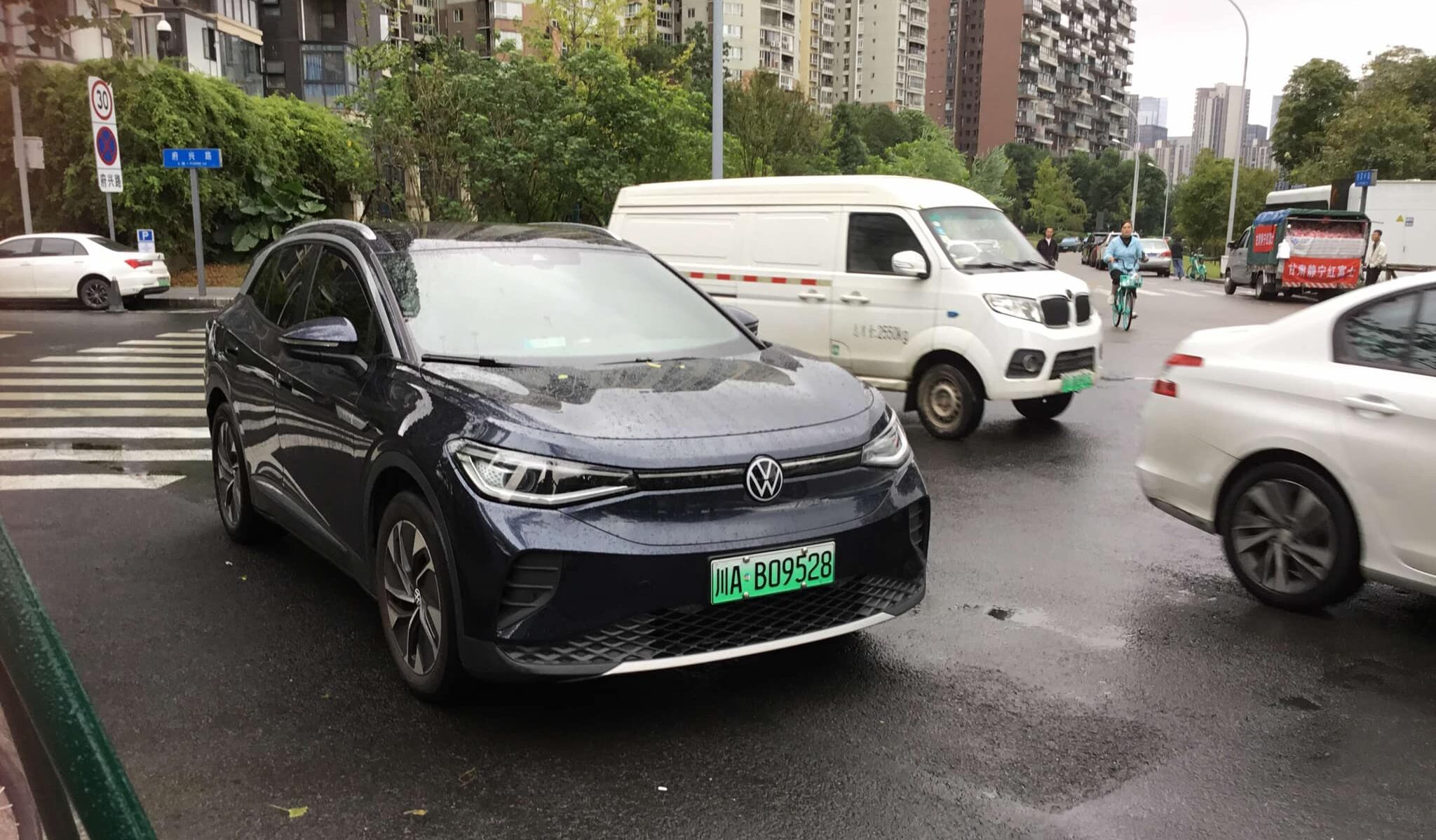
In an ironic note, the Chinese have managed to reduce their pollution but still have a high number of smokers. The tour guide says that is because the government wants the tax from tobacco use to pay for the military — I’m not sure if she was joking or not. But the government has taken steps to outlaw spitting in the streets — hard to collect tax on that.
Although I tried to keep my EV enthusiasm to a socially acceptable level, we did manage to stir up some good conversations. One of our fellow tourists has a son who has just bought a Tesla, another has just taken delivery of a BYD Sealion 06. One man with concerns about the impact of mining battery materials was willing to listen as I updated him on new battery chemistries and more sustainable mining practices. Many Australians are not aware that we supply most of the materials for batteries and have the best ESG in the world.
The cost of charging was also a frequent topic of conversation, with many of our fellow tourists being pleasantly surprised at how cheap it was. Which brings up another issue — in a city of 25 million, with most people living in apartment buildings, where do you charge your car? Petrol costs about 8 yuan per litre — a little over one US dollar — while electricity costs about 8 US cents per kWh. That’s quite the economic incentive to upgrade.
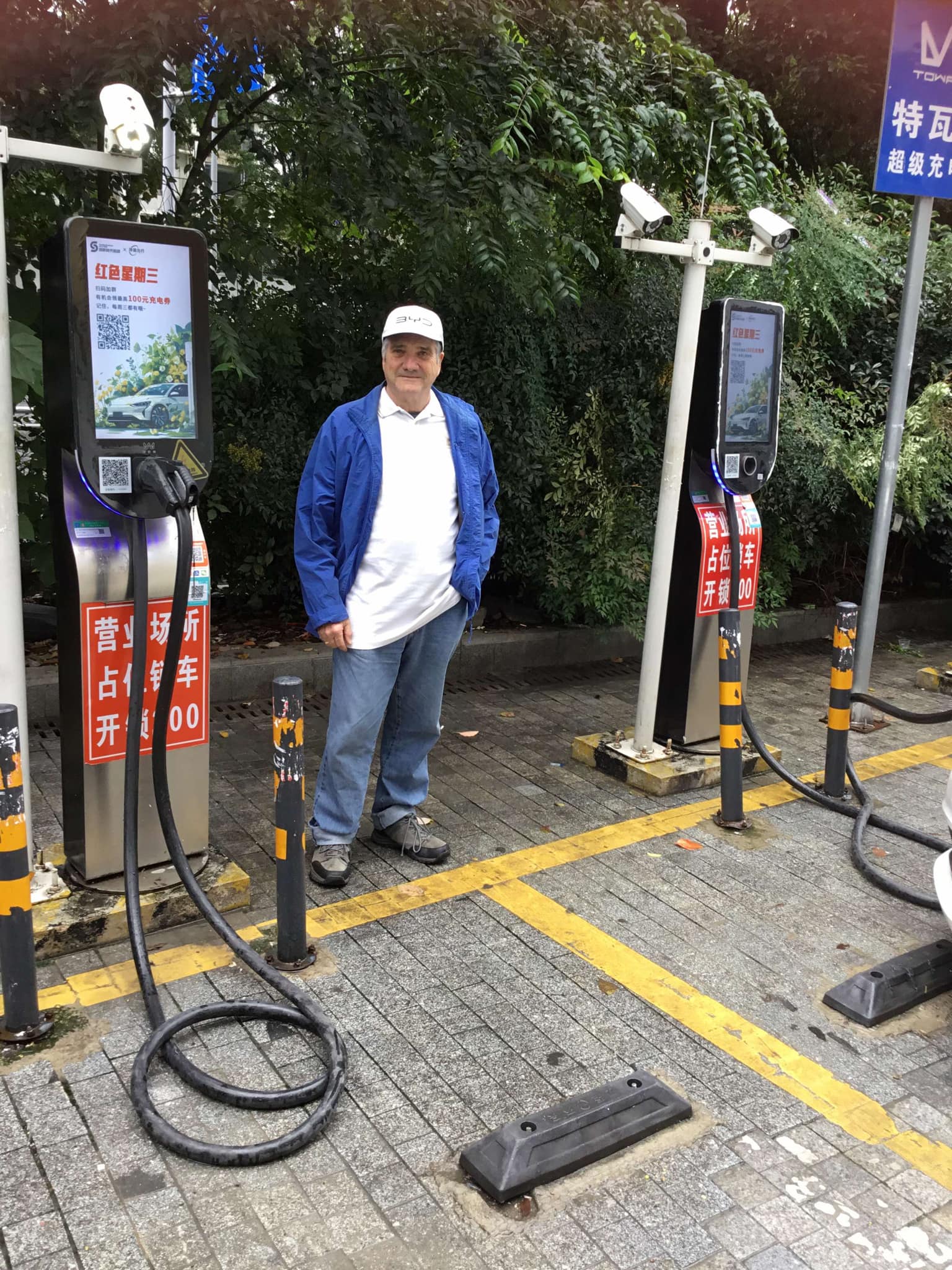
Chengdu plans to replace 300,000 petrol cars within the next 3 years. Currently, Chengdu has 7.1 million registered motor vehicles, one car per 3 people. The city of Chengdu is offering incentives to speed up the transition from fossil fuels to New Energy Vehicles (EVs). The city will provide subsidies up to $1,100 depending on the size of the vehicle scrapped. The aim is to double the number of scrapped vehicles by 2027. Remember that date! Incentives are on offer for the scrapping of used home appliances also.
Majella was also amazed at how many different electric cars and two- and three-wheelers were there. She found the roads very quiet except for the beeping of the scooters’ horns. All of which we could hear from the balcony of the hotel. The country was so much cleaner than our last visit. The green and blue number plates were cool and made it easy to identify the EVs. The proportion of EVs to petrol cars may have been exaggerated due to the fact that green number plated cars can be used every day of the working week, whereas blue ones are only allowed on the roads four days out of five.
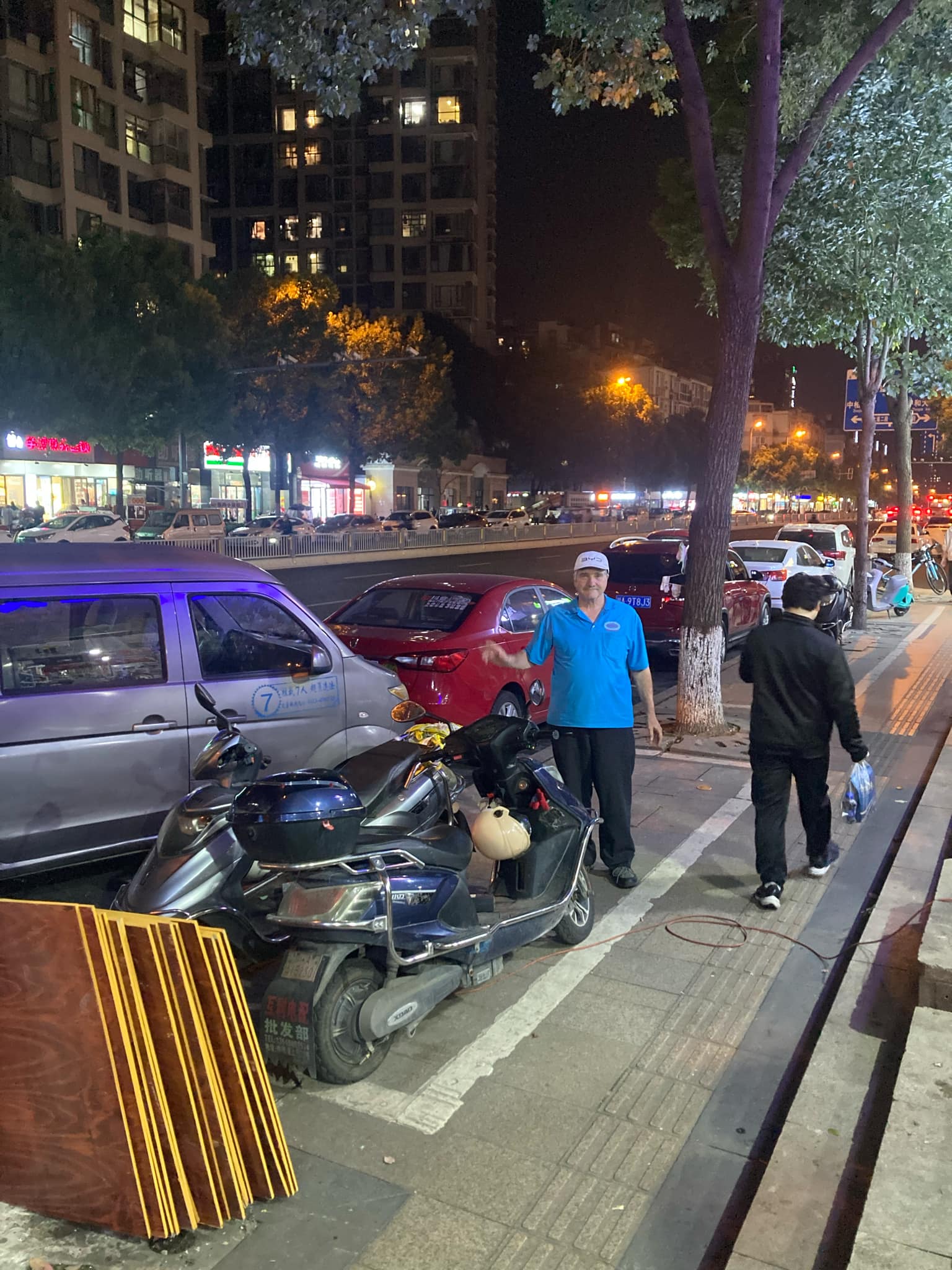
The next day, I asked our three young tour guides about their views of EVs as we approached the Giant Panda Research Base. They all drive plugin vehicles. Surprisingly, one has a VW ID.3. Why not a Chinese brand? Another has a PHEV, and admitted sheepishly that it only has an all-electric range of 185 km (115 miles). I asked why a PHEV and she said that likes doing long drives. Sadly, on a hectic tour like this, we only had time for the one brief conversation.
After the frolicking of the baby giant pandas, it was off to the silk factory. On our visit there, we were informed of the fire-retardant properties of silk. My wicked sense of humour immediately leapt to the idea of using it to wrap EV batteries to prevent thermal runaway. I thought it best not to share these thoughts with the group.
Oh, and charging stations — everywhere! There were established banks of charges in use around most buildings, with many more being installed. We even saw a NIO charge swap station in use when we stopped at a service centre to visit the happy place (toilets). Now, it is off to see the Emeishan Mountain and the 71 metre tall Leshan Giant Buddha.
To be continued …

Chip in a few dollars a month to help support independent cleantech coverage that helps to accelerate the cleantech revolution!
Have a tip for CleanTechnica? Want to advertise? Want to suggest a guest for our CleanTech Talk podcast? Contact us here.
Sign up for our daily newsletter for 15 new cleantech stories a day. Or sign up for our weekly one if daily is too frequent.
CleanTechnica uses affiliate links. See our policy here.
CleanTechnica's Comment Policy

